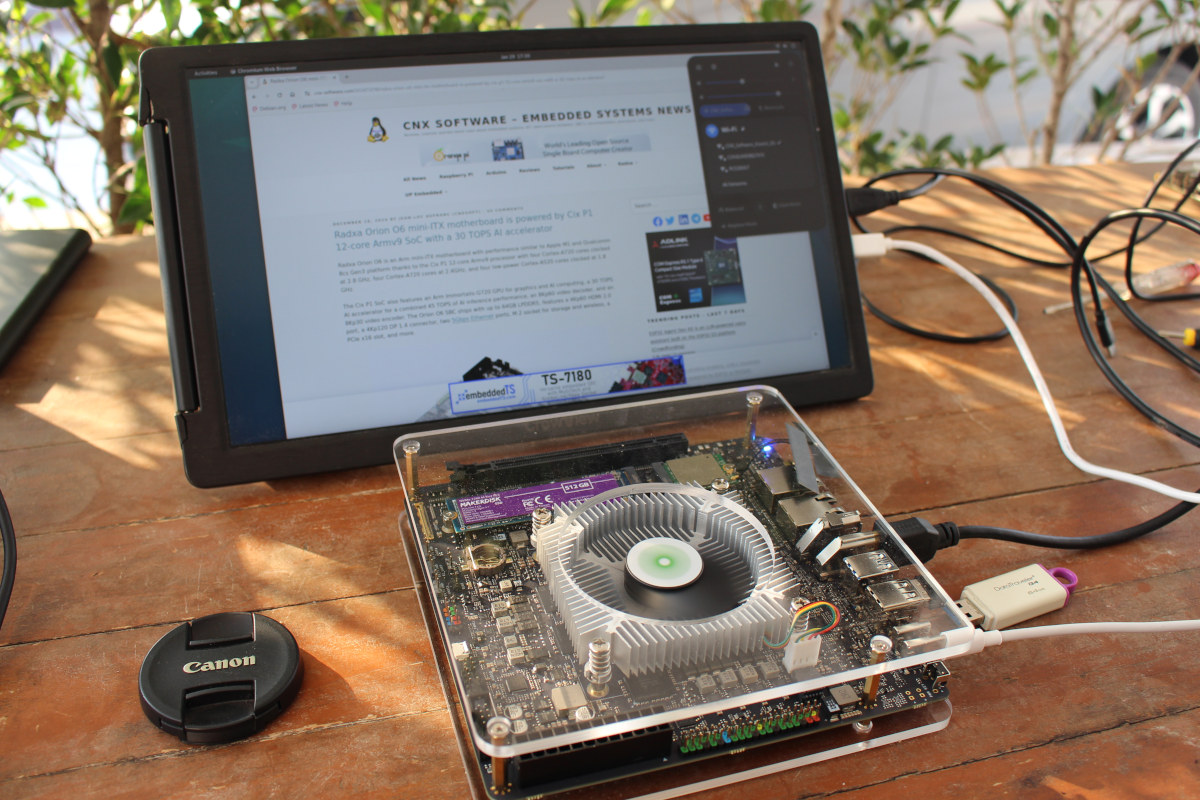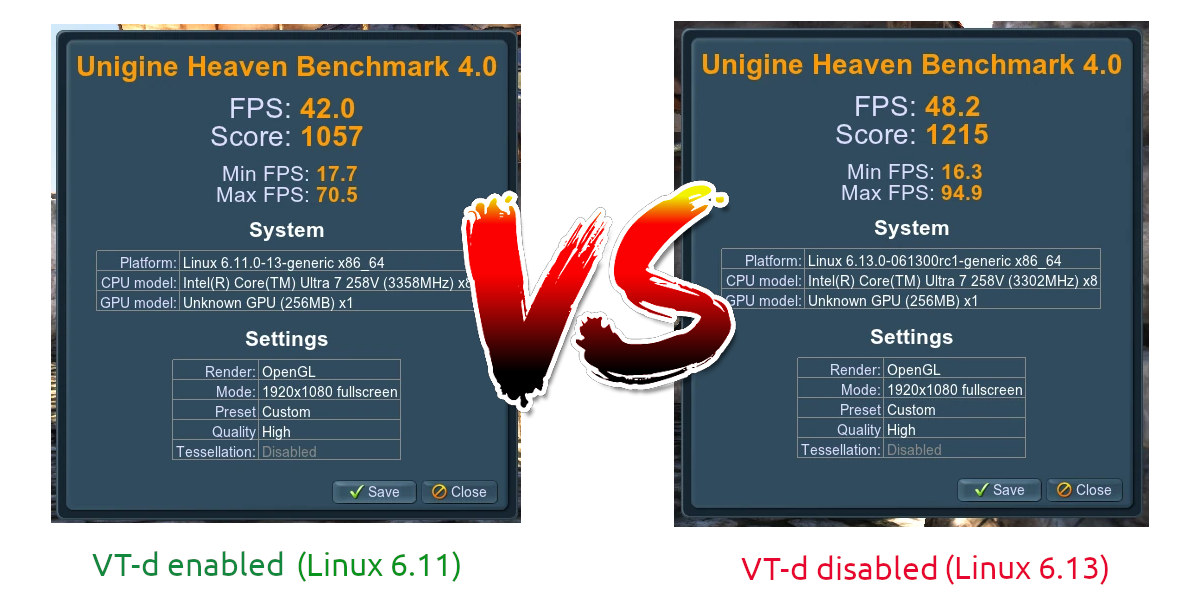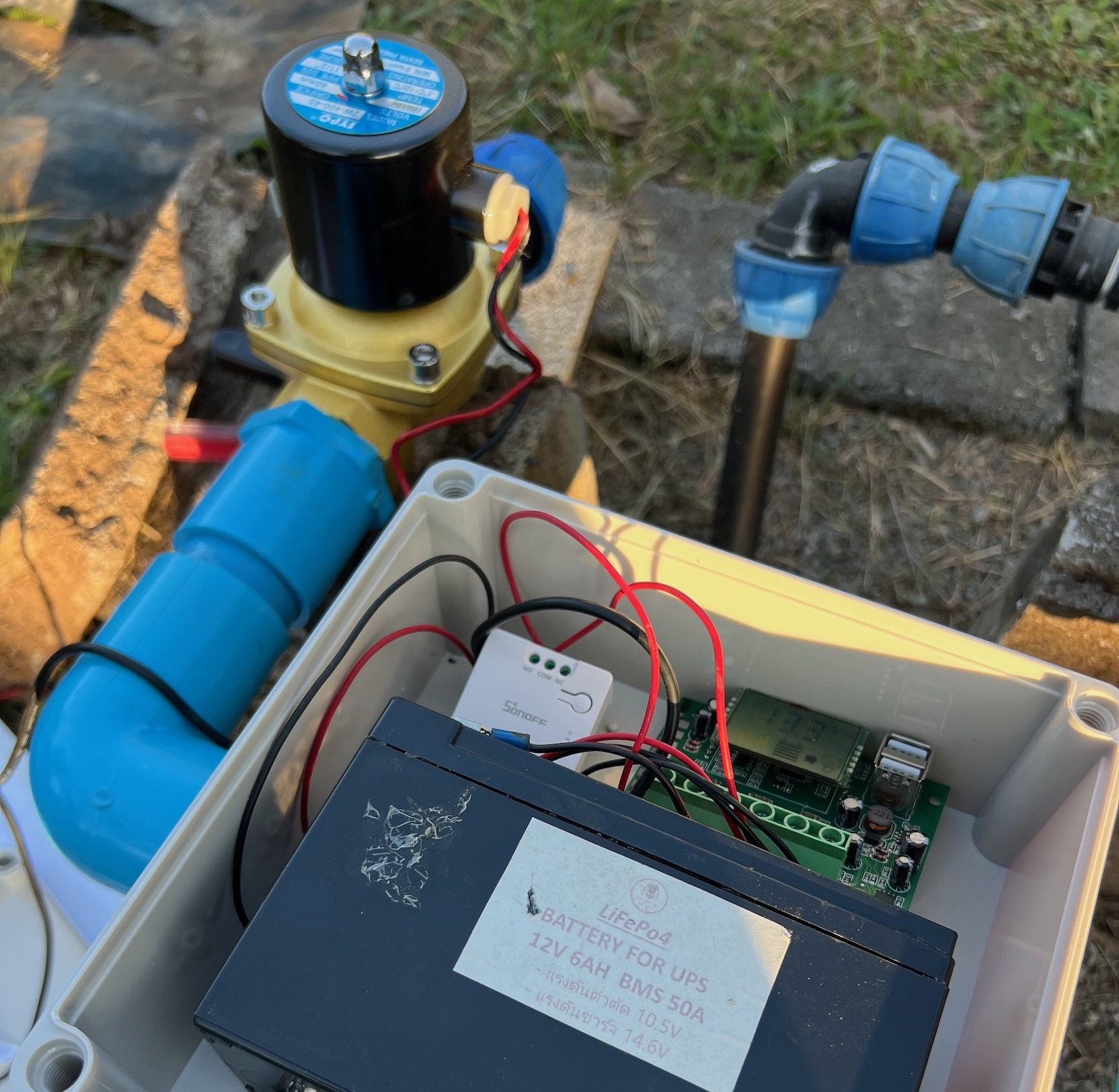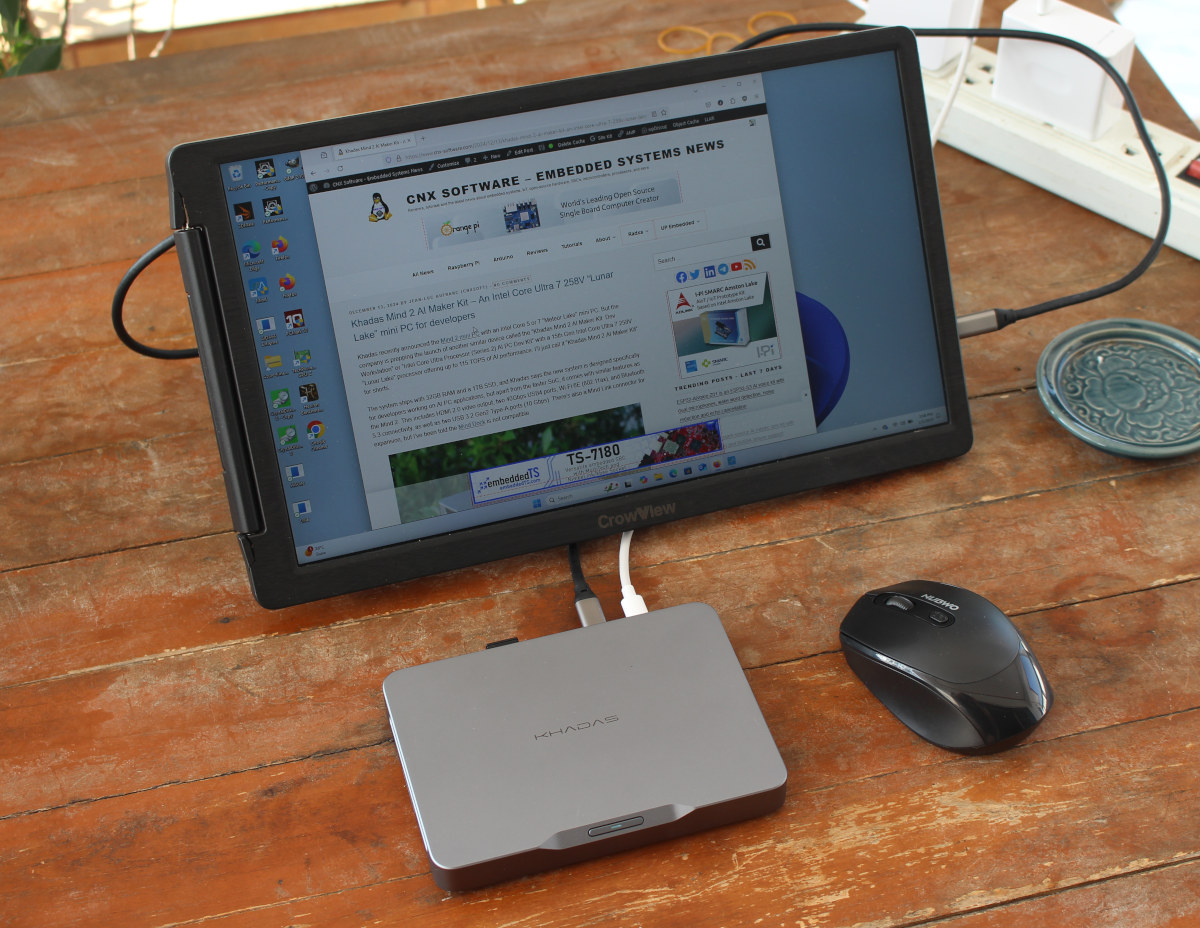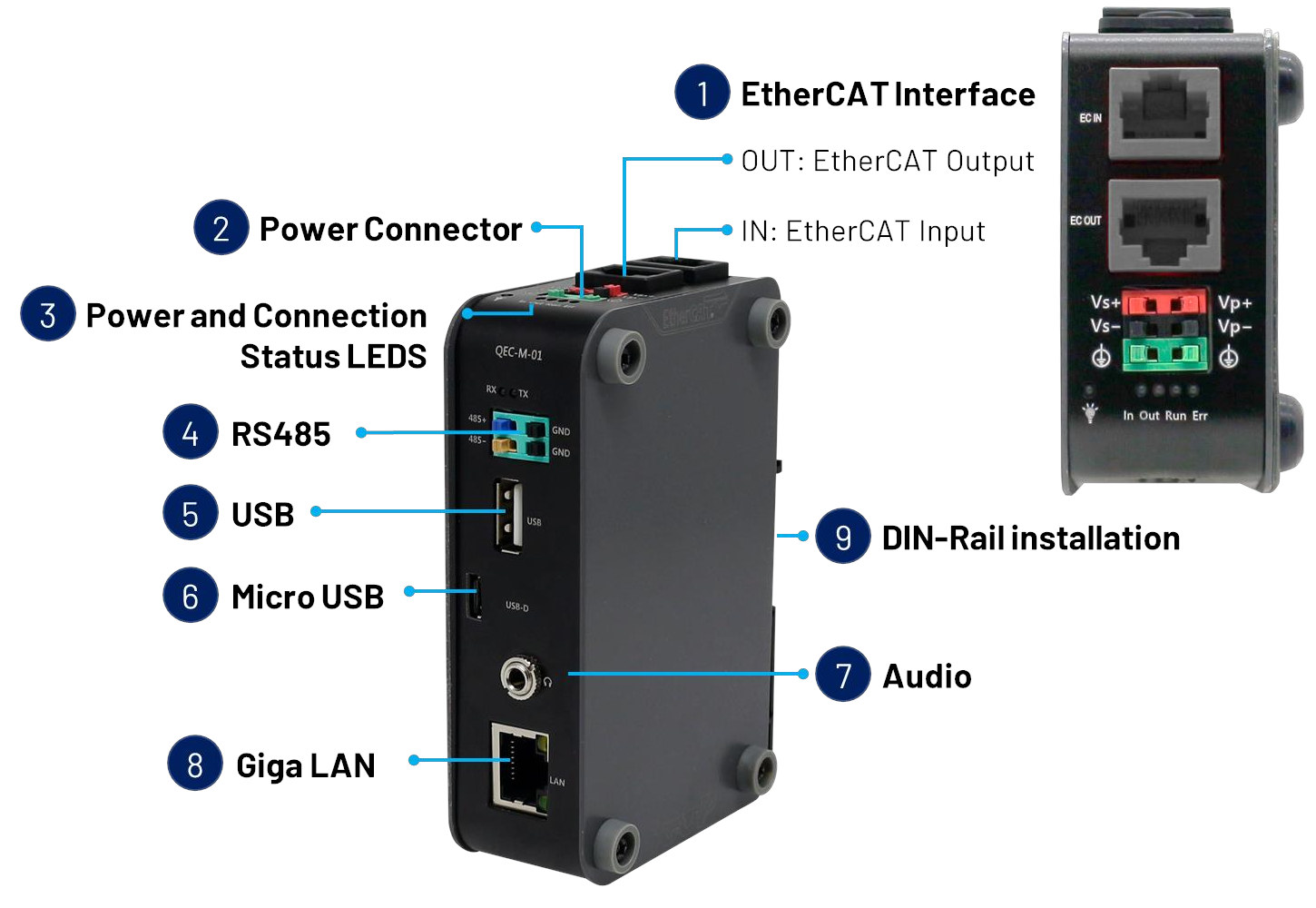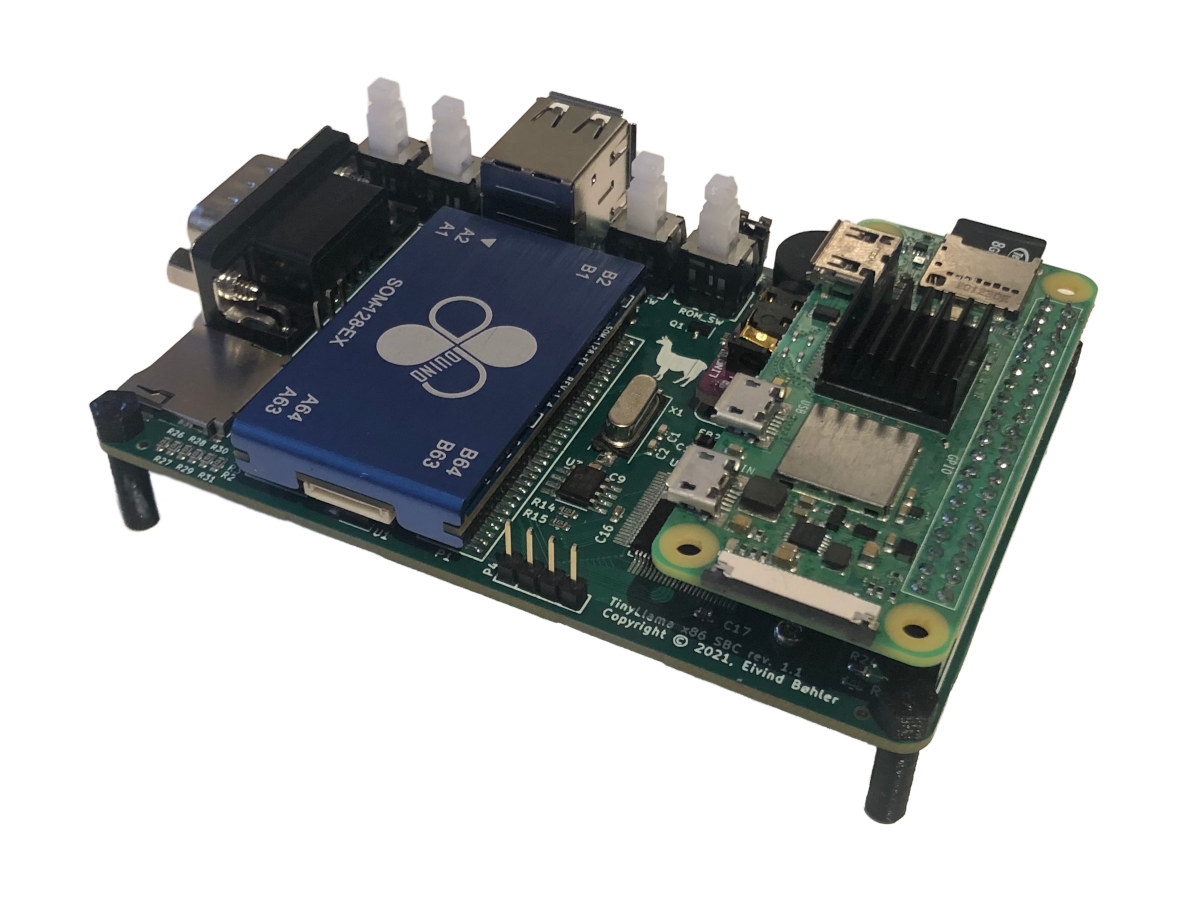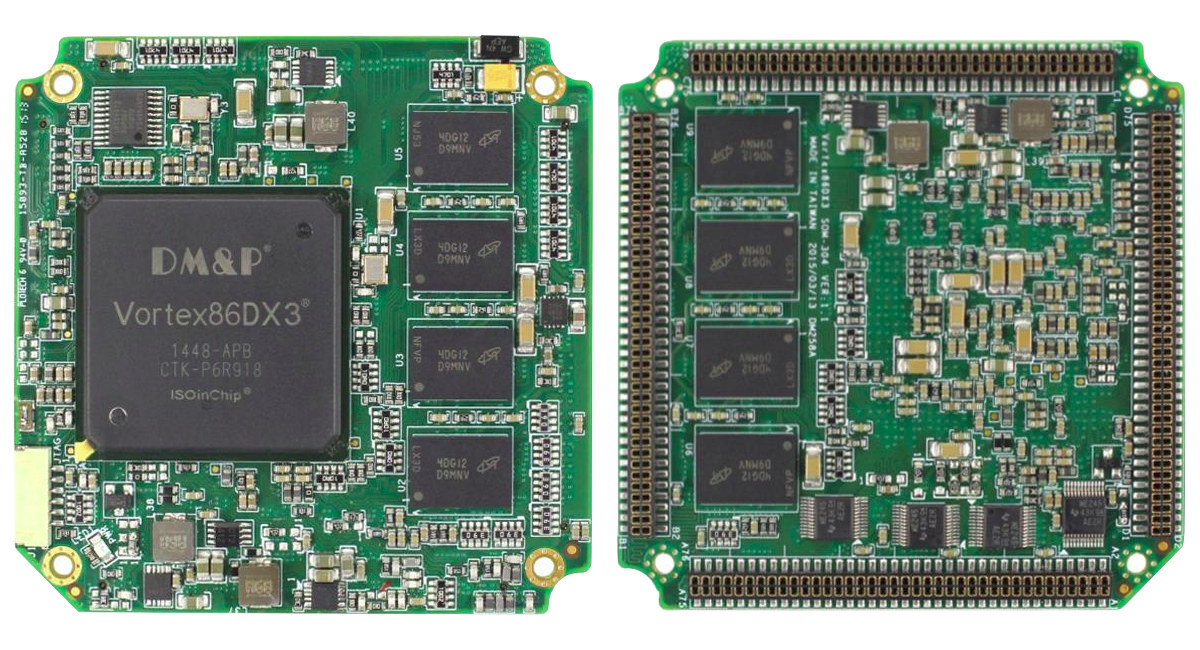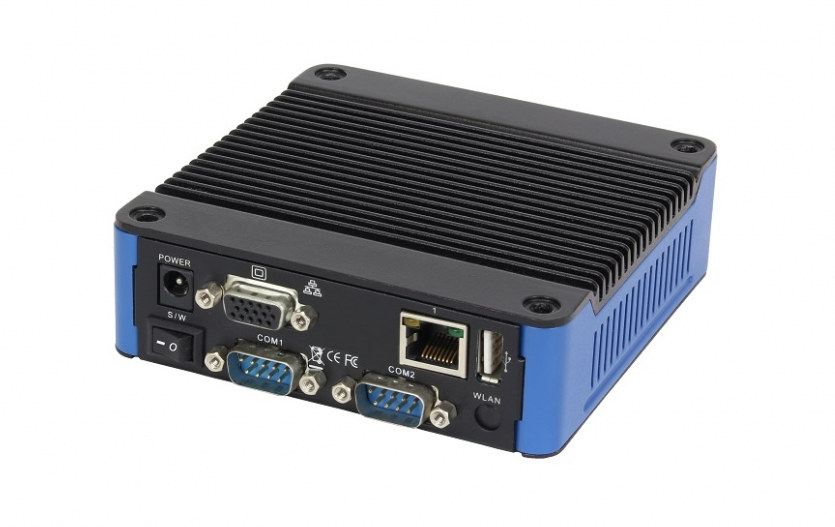Radxa sent me a sample of the Orion O6 mini-ITX motherboard for review. The system is powered by an CIX P1 (CD8180) 12-core Armv9 processor, equipped with 16GB RAM, and offers features like 5GbE, HDMI and DisplayPort, a PCIe Gen4 x16 slot, and more. It’s one of the most anticipated boards of the first part of 2025 since it’s powerful, offers a good performance/value ratio, and eventually promises to boot any ISO Arm64 image through an open-source BIOS / EDKII bootloader. I’ll start this review with an unboxing, NVMe SSD and WiFi module installation, and a short tutorial showing how to install Debian 12 operating systems before getting some system information and running a few benchmarks. In a few weeks, I’ll publish a more detailed review with features testing and more benchmarks to see what works and what doesn’t at this very early stage. Radxa Orion O6 unboxing I received […]
Disabling VT-d improves Intel Arc GPU Linux performance on Meteor Lake and newer SoCs
In this post, I’ll check whether disabling VT-d virtualization support may improve the performance of the Intel Arc GPU in recent Meteor Lake or Lunar Lake SoC using a Khadas Mind Maker Kit with an Intel Core Ultra 7 258V CPU with Intel Arc 140V graphics running Ubuntu 24.10. A few days ago, I read a post on Phoronix about Intel publishing tips to improve the performance of Intel GPUs in Linux: Keep the system updated with the latest kernel and Mesa versions. Ensure SoC firmware is up-to-date. These firmware updates currently require installing the Windows graphics driver; firmware updates via fwupd are in progress. Use Wayland where possible, as it supports additional modifiers for better performance. For MTL (Meteor Lake) and newer integrated GPUs, disable VT-d if virtualization is not needed. For discrete GPUs: Enable ReBAR_ Enable ASPM_ I was especially curious about the line about disabling VT-d virtualization […]
SONOFF MINI-D Review – A Matter-enabled dry contact WiFi switch tested with eWeLink, Home Assistant, and Apple Home
SONOFF sent us a sample of the MINI-D Wi-Fi smart switch with a dry contact design for review. If you’re familiar with the larger SONOFF 4CH Pro model, which features four channels, the MINI-D operates similarly but is smaller in size and comes with the latest software features. The principle of a dry contact is that the relay contacts are not directly connected to the device’s power supply circuit. Instead, the contacts are isolated and require an external power source to supply power to the load. Make it flexible to use the SONOFF Mini-D in various scenarios such as controlling garage doors, thermostats, or high-current electrical devices through a contactor, like water pumps. It can also manage low-power DC devices such as solenoid valves or small electric motors (<8W). Because the power supplied to the MINI-D and the power passed through its relay can come from different sources, it offers […]
Khadas Mind Maker Kit review – Part 2: Windows 11 Home on an Intel Core Ultra 7 258V AI mini PC
I’ve already gone through the specifications and an unboxing of the “Khadas Mind 2 AI Maker Kit” powered by an Intel Core Ultra 7 258V “Lunar Lake” processor delivering up to 115 TOPS of AI performance and equipped with 32GB LPDDR5X RAM and a 1TB M.2 NVMe SSD in the first part of the review. I’ve now spent time with the mini PC/developer kit which is now simply called “Khadas Mind Maker Kit”, and I will report my experience with the Windows 11 Home 24H2 operating system in the second part of the review testing features, running benchmarks including an AI benchmark, evaluating networking and storage performance, testing the thermal design while under stress, and taking measurements for fan noise and power consumption. It looks like some AI features may finally be usable on Windows, but I’ll test that in a separate post since everything is new and Microsoft Copilot+, […]
Arduino-programmable EtherCAT master runs FreeDOS on Vortex86EX2 x86 processor
ICOP QEC-M-01 is an EtherCAT master system running FreeDOS based on DM&P Vortex86EX2 dual-core x86 processor. It is programmable with an industrial Arduino IDE – the 86Duino IDE – that supports an EtherCAT API for real-time field monitoring and big data collection. The system can be used for industrial automation applications that require precise timing and it can monitor the hardware’s voltage, current, and temperature to calculate/estimate carbon emissions for industrial manufacturing to assist in the tracking of a factory’s carbon footprint. ICOP QEC-M-01 specifications: SoC – DM&P Vortex86EX2 dual-core processor with the Master core clocked up to 600MHz and the Slave core up to 400MHz System Memory – 1GB or 2GB DDR3 Storage – 32MB SPI Flash, MicroSD card, optional eMMC flash Networking Gigabit Ethernet RJ45 port 2x 10/100Mbps Ethernet RJ45 ports for EtherCAT master with support for CANopen over EtherCAT (CoE), File Access over EtherCAT (FoE), Distributed Clocks […]
TinyLlama x86 retro computer uses the Raspberry Pi Zero 2 W as a MIDI synthesizer
The TinyLlama x86 retro computer board is designed to run DOS games on a DM&P Vortex86EX 32-bit x86 processor and integrates a MIDI synthesizer based on Raspberry Pi Zero 2 running MT32-Pi firmware. Growing up playing games on 386/486-era computers, Eivind Bohler looked for similar recent hardware to play DOS games and after discovering the 86Duino x86 Arduino-compatible board, he decided to use the SOM-128-EX module powering the board to create the TinyLlama board with a Sound Blaster Pro-compatible Crystal CS4237B sound chip and a MIDI synthesizer. TinyLlama specifications: D&MP SOM-128-EX system-on-module with Processor – DM&P Vortex86EX 32-bit x86 processor @ 60 to 500 MHz System Memory – 128MB DDR3 Storage – 8MB SPI flash Storage – MicroSD card socket Video Output – VGA up to 1024×768 @ 60 Hz using the Vortex86VGA module running off an x1 PCI-e lane Audio Crystal CS4237B all-in-one audio chip MIDI synthesizer with Raspberry Pi […]
x86 system-on-module features 1GHz DM&P Vortex86DX3 processor
DM&P Vortex86DX3 is an x86 embedded processor launched in 2015 that we’ve previously found in single board computers and mini PCs, but I’ve just noticed ICOP was offering the SOM304D3 system-on-module based on the single and dual-core versions of the Vortex86DX3 SoC. The SOM304D3 is available with 1 or 2GB DDR3 RAM, works in a wide temperature range (up to -40°C to +85°C), and is designed for space-constrained industrial applications, especially those requiring legacy interfaces like ISA, IDE, and/or a parallel port (aka printer port). SOM304D3 specifications: SoC – DM&P Vortex86DX3 single or dual-core x86 processor @ 1 GHz, 2D GPU System Memory – 1GB or 2GB DDR3 Storage – Optional 4GB eMMC flash; SPI flash for AMI BIOS 4x 76-pin board-to-board connectors: Storage – SATA 1.0, IDE, SD Display VGA up to 1920 x 1080 @ 60Hz TFT LCD up to 1024 x 768 @ 60Hz Audio – 1x […]
VESA compatible mini PC is powered by Vortex86DX3 x86 processor
ICOP EB-3362-I fanless mini PC powered by DM&P Vortex86DX3 x86 processor coupled with 2GB DDR3 of memory and designed to be mounted on the back of a VESA compatible display or monitor, a wall, or even a DIN rail through an adapter. The mini PC will be mostly useful for legacy x86 applications with features like VGA video output, multiple DB9 COM ports, as well as SATA storage. The wide 8V to 24V input voltage and -20 to 70C temperature range will also make it suitable for some industrial applications. ICOP EB-3362-I specfications: SoC – DM&P Vortex86DX3 dual-core x86 processor @ 1GHz System Memory – 2GB DDR3 Storage – SATA interface, SD card socket Display Output – VGA up to 1920 x 1080 @ 60 Hz Networking 10/100M Ethernet RJ45 port Optional additional Gigabit Ethernet RJ45 port Optional WiFi via USB 2.0 port, and external antenna USB – 3x USB […]


